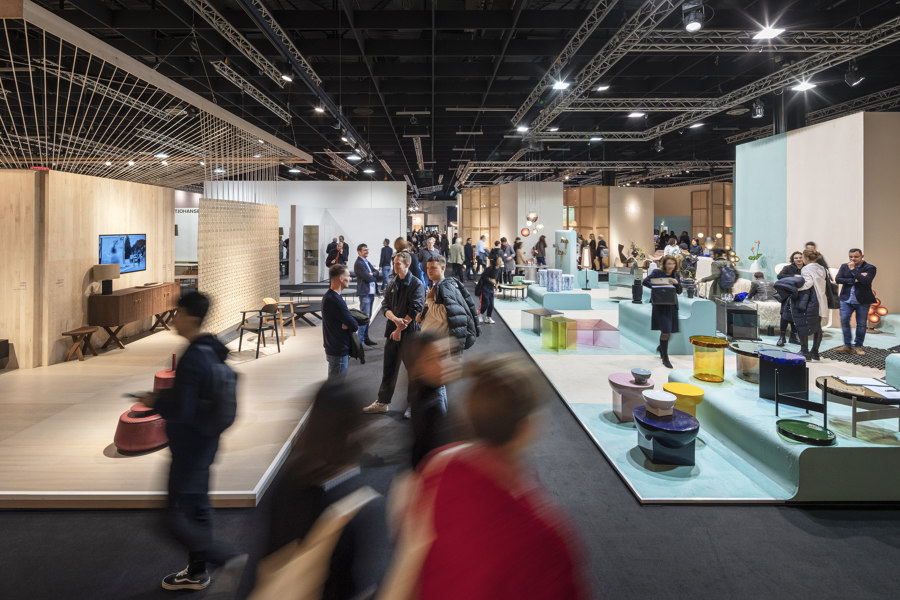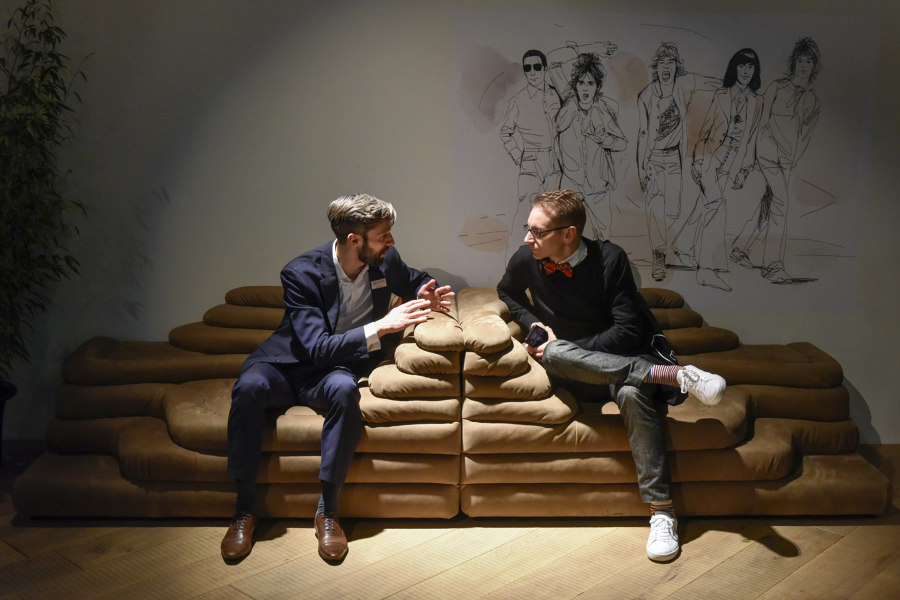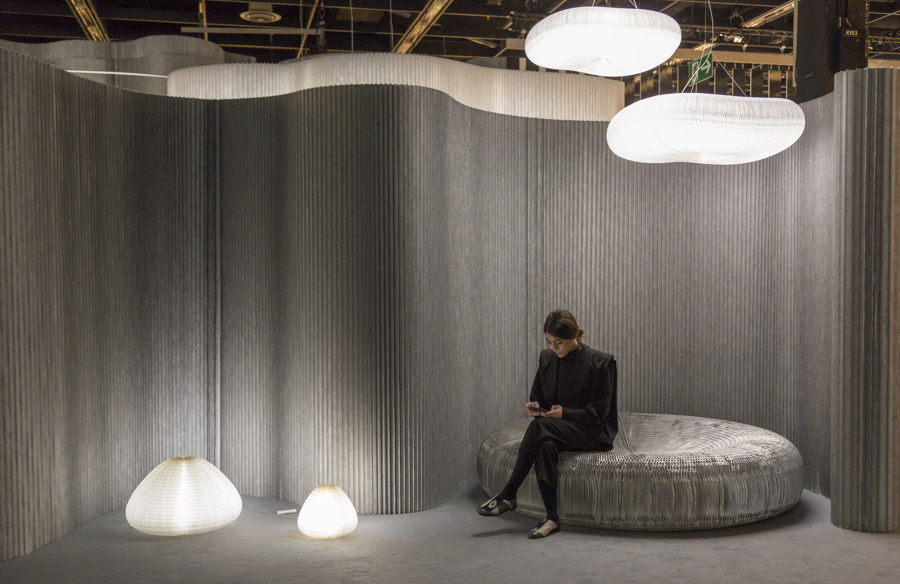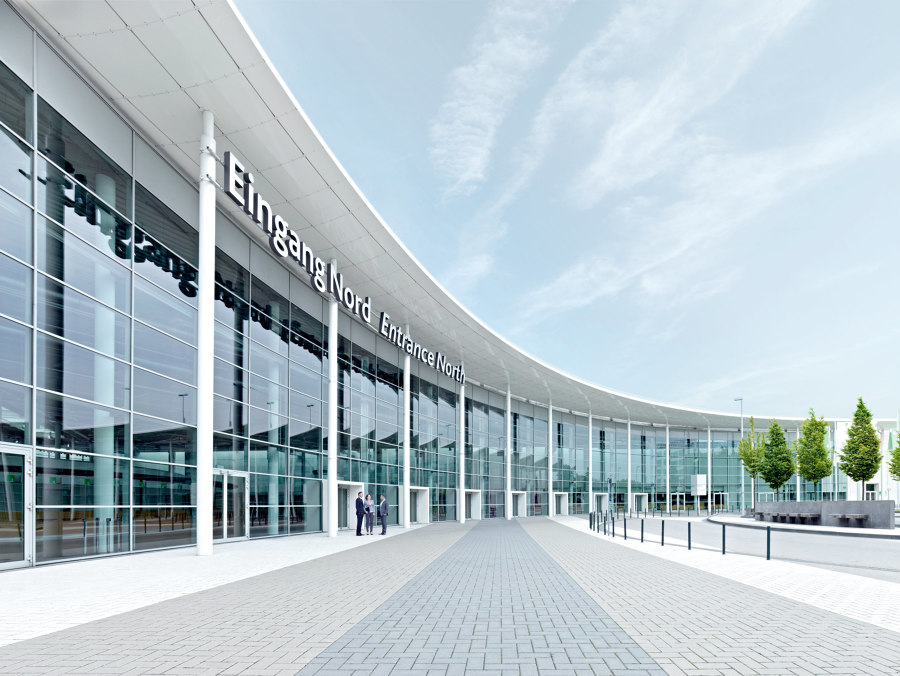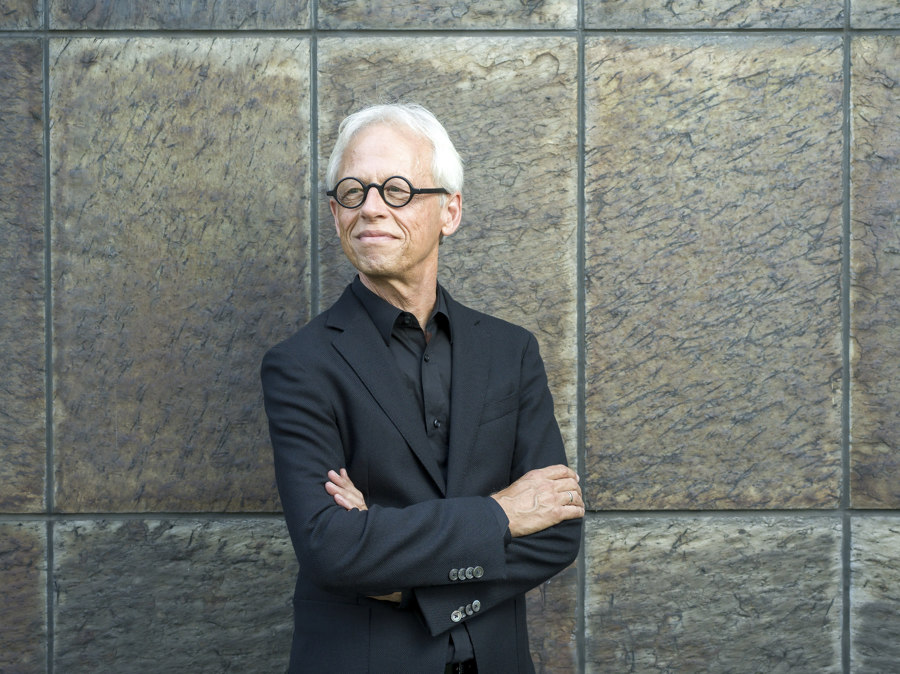What's the future of imm cologne?
Brand story by Simon Keane-Cowell
Zürich, Suisse
21.09.22
Moving from January to June for its 2023 edition, imm cologne is repositioning itself. And not just in terms of scheduling. Architonic discusses the opportunities and challenges with its creative director.
Traditionally taking place at the start of the calendar year, the 2023 edition of iconic German furniture fair imm cologne will instead be welcoming visitors in the sunnier month of June. Photo: Koelnmesse / imm cologne
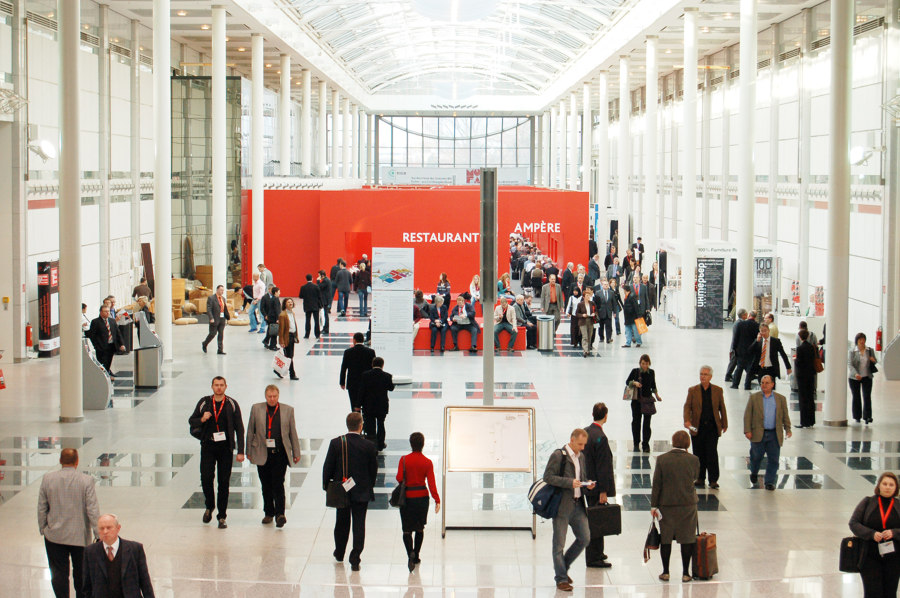
Traditionally taking place at the start of the calendar year, the 2023 edition of iconic German furniture fair imm cologne will instead be welcoming visitors in the sunnier month of June. Photo: Koelnmesse / imm cologne
×Necessity is the mother of invention. Pressure creates diamonds. (Insert your favourite saying about innovation here.)
Whichever way you slice it, there's a lot happening right now in the world and, ergo, a lot of required change. Adapt or die goes that old maxim. But when a decades-old tradition makes a radical change, eyebrows are naturally raised.
When I learnt that imm cologne – that stalwart of the international trade-fair calendar – was moving its 2023 edition from January to June, I was more than a little curious to find out the rationale behind such a major shift. After all, isn’t its pole position at the start of the year a significant part of its raison-d’etre, claiming, as it often has, to set the agenda for the spring design season? Is the new spring edition, as the fair organisers are calling it, the result of necessity or strategy? Or both? (Lord knows Cologne is a finer place to visit in June than in the dark days of early January, if we’re being honest.)
And an international design exhibition just six weeks after the behemoth that is the Milan Salone? How’s that going to work?
Physical fairs are rethinking their purpose. This we know. The Covid crisis and its macro-economic ramifications have simply expedited the process. But will this latest iteration of imm cologne offer relevance and meaning for both exhibiting brands and professional visitors? I invited imm cologne Creative Director Dick Spierenburg to join me in candid conversation.
Covid may have forced the design industry to fundamentally rethink how it does business, but the possibility for close interaction with both products and people remains a key USP of fairs like imm cologne. Photos: Koelnmesse / imm cologne
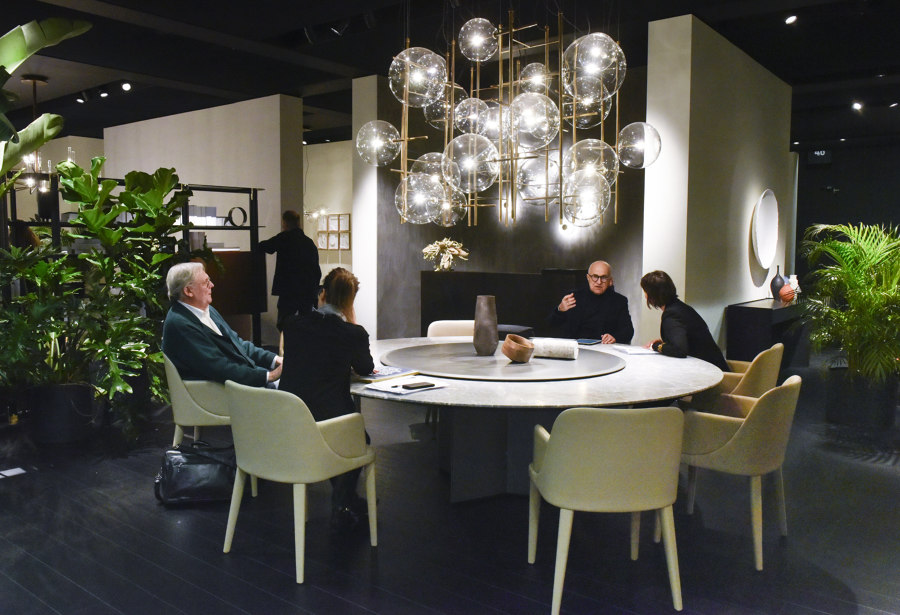
Covid may have forced the design industry to fundamentally rethink how it does business, but the possibility for close interaction with both products and people remains a key USP of fairs like imm cologne. Photos: Koelnmesse / imm cologne
×Good to speak, Dick. Let’s cut to the chase. What’s going on? Why move imm cologne from January to June?
We are forced to change. There is the disruption of Covid, but there’s been disruption a lot longer than that. There were a lot of things changing, and maybe that even started with Architonic. There’s so much more information coming – on products, on collections, on things that are innovative or inspiring – that many of us are doubting if we need those old formats.
Covid taught us that we can inform ourselves very well online. You can find anything, anytime. But what we can’t find is the personal connection. And we cannot take a closer look, sit and feel, try and test, and discuss things with colleagues. That’s where trade shows come in again, and prove that they have their value. But it’s always beside those new media and new ways of orienting.
I agree with you there, even though, just to be clear, Architonic has always been a supporter of the physical-fair format. So, it’s more than just a change of date, then, for imm cologne?
January has, in my belief, always been a bit of a difficult time for the show in Cologne. Winter is not the best time to visit other countries and cities. It has always been a theme: dark days, cold, not so easy to go into town and enjoy the things that are around you. And then Covid came and was the most severe in winter. And now expectations for this winter are doubtful. Also from exhibitors in Germany itself, there was a wish on the part of many to move from January into a safer period – although, of course, at the same time, some still felt that the start of the year was better.
But, honestly, we were already working on a new concept because the old concepts of shows don’t work anymore. It’s not simply a trade show for business. It’s also not the only place to show new products. It has to be more. I always have to get back to what are the wishes of the visitors? How can we connect them with Cologne, how can we make them travel to us?
Even before Covid, organisers had long been considering ways of continuing to optimise the imm model. The move to June is just one change aimed at adapting to new realities and, ultimately, best serving visitors. Photos: Koelnmesse / imm cologne
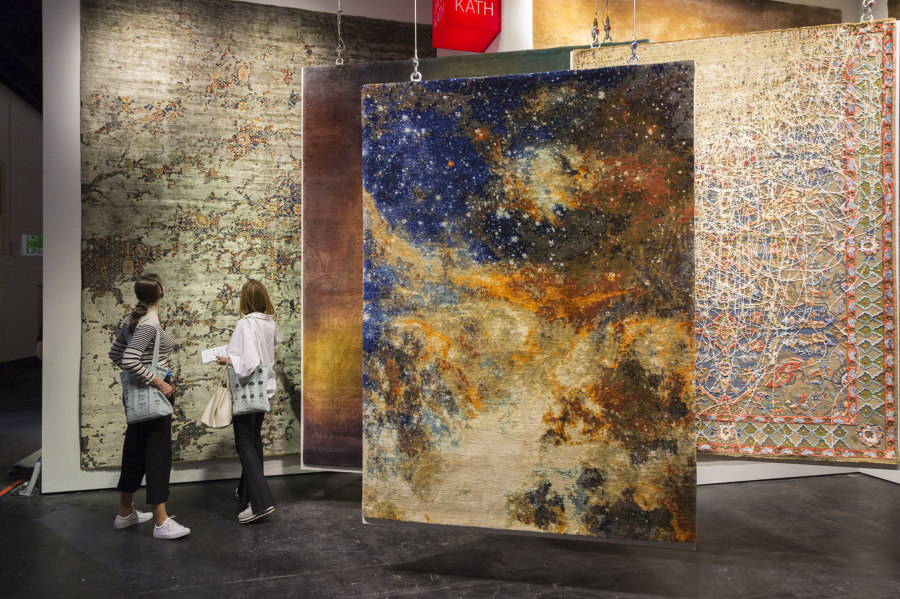
Even before Covid, organisers had long been considering ways of continuing to optimise the imm model. The move to June is just one change aimed at adapting to new realities and, ultimately, best serving visitors. Photos: Koelnmesse / imm cologne
×So, we’re talking about a repositioning. I don’t think anyone would argue with that. But what is this ‘more’?
Next to products, it’s important to have other inputs, to talk about themes that are ruling in our profession. We have to exchange not just on sustainability, for example, but also on materials. The question of whether we need so many new products every year, or can we just be more modest in developing things and changing the look of them so they stay fresh? So we have to discuss the things that are important for our profession and that I see as the duty of our show. And that all in very compact timing. Lots of people are only there for one or two days. A short visit that brings you a lot of insight and inspiration. And impressions.
What will this look like, though, in real terms? The theory sounds great, but what about the practice?
There are many points where we already show these new directions. We have always been active in showing upcoming designers and emerging design themes. And we are continuing our contest for young designers and widening it with not only products, but also projects – how we use those products, how do they come together, how do you make small interiors or how do you make mobile interiors. New ideas for living, working and mobile.
The other thing is that we will organise a classic congress. But I’m always looking for more informal ways of meeting. I will plan spots in the halls where people can get together, where we have speakers’ corners. There will be someone speaking about their ideas or works, or interviews or conversations to see where the connections and differences are. These are embedded. Easy to connect to and learn from others. These spaces are not theatres, they’ll be like cafes. It’s more direct. It’s closer.
The imm timetable may be changing in 2023 but the location remains the same, namely the Koelnmesse exhibition centre – though new approaches to presenting products could also be seen in June. Photos: Koelnmesse / imm cologne
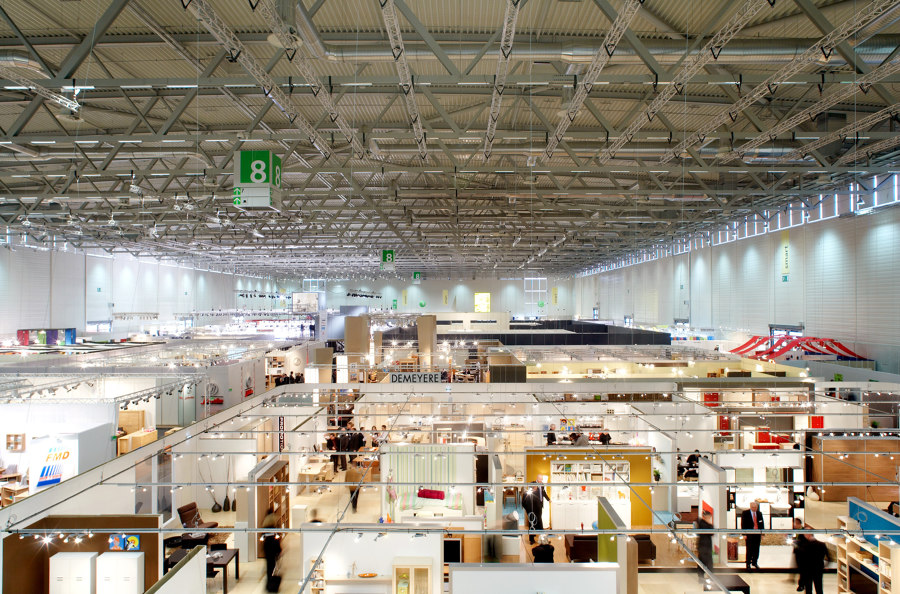
The imm timetable may be changing in 2023 but the location remains the same, namely the Koelnmesse exhibition centre – though new approaches to presenting products could also be seen in June. Photos: Koelnmesse / imm cologne
×And what’s in it for exhibitors?
Well, the brands have to free themselves from their traditions, too. They’re so used to making big exhibition spaces, palaces, where they invest a lot of money and time to polish their image. I think the future of shows is not all about polishing images. The future of shows is connecting with professionals, showing what are the really important topics of the time. That is something for which we don’t need thousands of square metres. You don’t need a stand that has taken a month to build and requires an enormous budget.
So, you have to be, as a brand, more agile, more flexible. Building a smaller exhibition that’s really original, really attractive, that only shows really new ideas and products, that will do. I would like open spaces that are inspirational and not too complicated. So that’s what we have to do. We have to convince those brands with small presentations that are attractive to the attendees’ needs.
Dick Spierenburg, Creative Director of imm cologne. Photo: Koelnmesse / imm cologne
There’s an elephant in the room and it’s the Salone. Are you shooting yourselves in the foot by staging a major design show a matter of weeks after Milan?
Regarding Milan, you’re absolutely right. Does the interiors world need a show in Germany six weeks after the international show in Milan? It won’t be easy to answer that, to make it a show that’s really worth visiting for all. But in the end, we are also living in a time when things are getting more local. I’ve heard remarks that in Milan many important Germans weren’t there. Fewer Dutch, Belgians and Scandinavians were there.
It’s not always easy to travel. And Milan is complicated, the city is full. So it takes a lot of time and budget to travel there. And then I think we have to be modest and say Cologne isn’t Milan. imm cologne is not the Salone. But for the German market, for the Northern European countries, it’s a very easy and attractive offer to visit. Shows are about bringing companies together. Some of the big brands invite their clients separately, which, I believe, is not sustainable. It’s good to have shows where companies connect, where attendees connect, and where it’s easy to do in one or two days to get an overview of the interior propositions. So June offers a lot of nice possibilities. That’s why I’m really positive about it. And think for one year, because it’s a special edition, we’ll have it in June and make it a very attractive show.
© Architonic
Head to the Architonic Magazine for more insights on the latest products, trends and practices in architecture and design.

